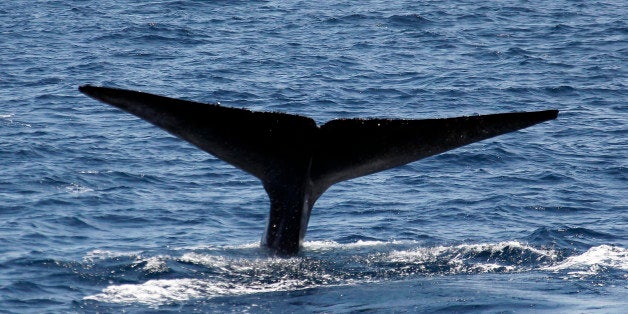
With humanity rapidly depleting earth's natural resources, the challenge to reverse the trend is daunting. Enter biomimicry, a promising strategy for turning the tide.
Biomimicry is the practice of emulating nature by incorporating its principles into the production of goods and services. Such integration tends to enhance these goods' and services' environmental sustainability and minimize, if not eliminate, their drain on the earth's natural resources. This is testament to nature's consummate ability to recycle and preserve basic resources.
Then there is another variation of biomimicry. It is hitching a ride on time-proven natural processes to reap the benefits of their tough-to-replicate functionality. Preserving coastal wetlands (or restoring them) as natural mitigating barriers against coastal storms and inland flooding is a case in point. Another example is designing buildings so that they naturally benefit from the sun's heat in the winter and the wind's cooling effect in the summer without need of mechanization.
A hopeful sign is that Nature's animal and plant organisms' extraordinary engineering capabilities have already begun to be exploited by major industries around the world. Such erstwhile companies as 3M, Royal Dutch Shell, General Electric, and AT&T have integrated the concept into their business.
What are some of the more striking manifestations of the phenomenon?African termites' ingenious construction of air shafts and tunnels in their climate-controlled dens has provided architects with a blueprint for insulating buildings without artificial intervention.
Engineers have been stimulated to innovate by the bumps on the front of whale fins. They found that these protuberances reduced the drag that slows movement. Hence, the concept has been integrated into turbines, boat bottoms, and airplane wings, resulting in substantial energy savings.
Vultures have even served as an inspiration. The birds have had success deterring poaching in Africa since they tend to hover over an illegal kill, drawing attention to the crime. Pivoting on this bird of prey's role, the Minnesota-based Lindbergh Foundation is financing the deployment of drones equipped with infrared surveillance systems to expose would-be poachers before they act.
The Japanese have: created tiny solar batteries patterned after the way leaves turn sunlight into energy; gleaned from snail shells a method to produce self-cleaning tiles; and improved their bullet train's velocity through aerodynamic applications adopted from kingfishers' beaks and owls in flight.
Some form of biomimicry has been practiced spottily since the onset of civilization, often by primitive tribes extracting curative substances from plants and animals.
But what is now urgently needed is a concerted, comprehensive global effort to enlist nature for the sake of future generations, if not for our own.
